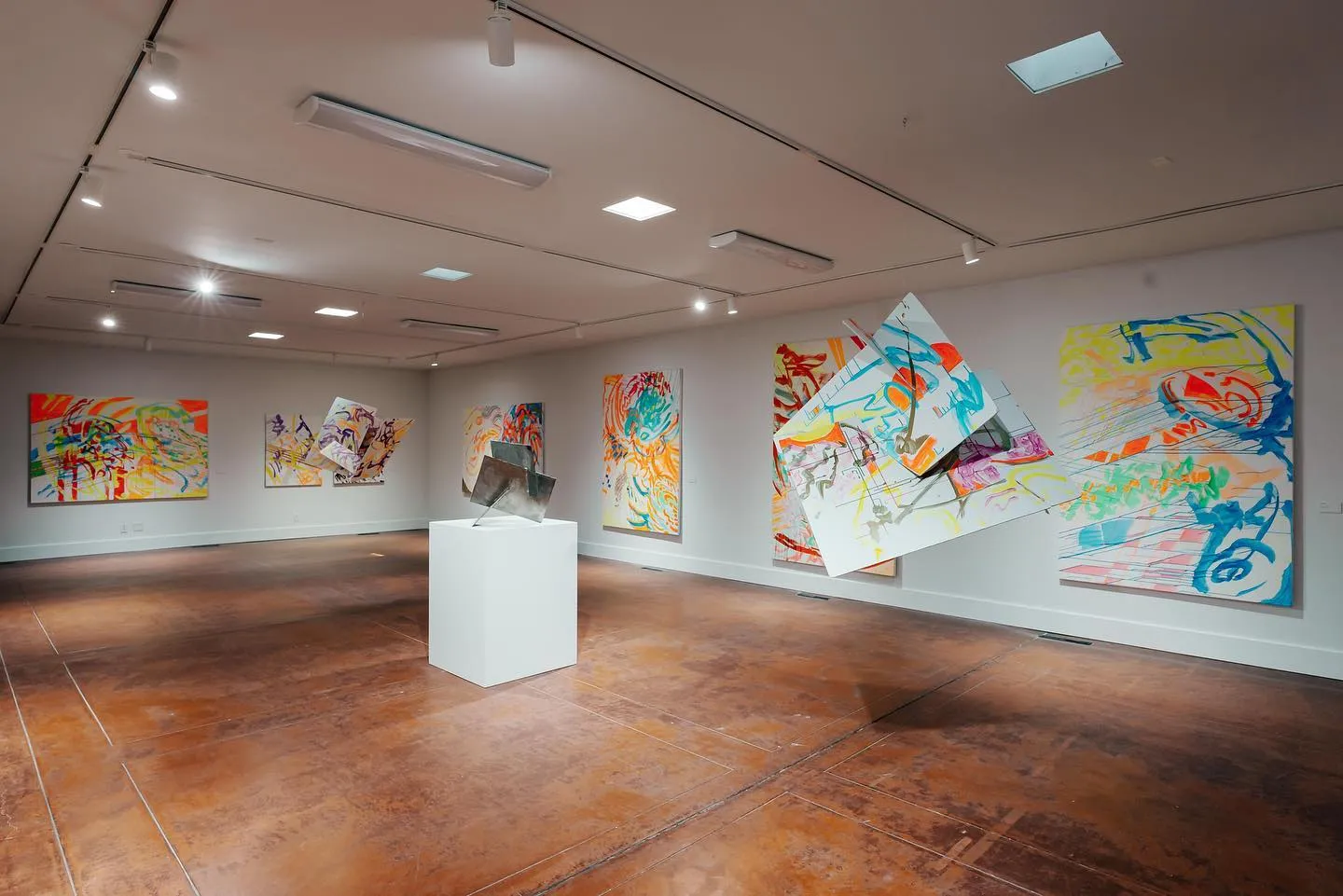Margaret Thatcher once said, “If you want something said, ask a man. If you want something done, ask a woman.”
In the Central Coast town of San Luis Obispo (SLO), California, they’re making “her”story, and getting plenty of things done in the meantime. For starters, voters elected an all-female city council who then appointed the city’s first Black female mayor, Erica Stewart, an alumna of Cal Poly San Luis Obispo.
As we celebrate Women’s History Month in March, we’re reminded of the many fascinating women, past and present, who have helped shape the city of San Luis Obispo. And, of course, that women should be celebrated year-round as they are in SLO.

Recognized for her design of Hearst Castle, Julia Morgan was the first woman admitted to the architecture program at l’École Nationale Supérieure des Beaux-Arts and the first licensed woman architect in the state of California. While she was working on Hearst Castle in nearby San Simeon, Ms. Morgan had a side hustle designing the Monday Club in San Luis Obispo. Listed on the National Register of Historic Buildings with overtones and influences of Hearst’s hilltop haven, the Monday Club looks exactly as it did when Ms. Morgan completed the project for the women’s organization in 1934. Free guided tours are available to the public every Monday and is also used as a venue for special events.
Leanne Standish is the executive director of the San Luis Obispo Art Museum and oversees the admission-free museum’s permanent and current exhibitions as well as its public art program, featuring 70 unique pieces of art that include murals, mosaics, paintings, sculptures, utility box art, bridge railings and more placed in open spaces throughout the city.

Fredericka Churchill Thompson is the other half of Claiborne & Churchill, a small, premium family-owned winery in the Edna Valley, just minutes from downtown San Luis Obispo. Fredericka and her husband, Claiborne (Clay), left their jobs as professors at the University of Michigan and headed west to become vintners opening their namesake winery in 1983. Today they produce an average of 8,000 cases a year, specializing in Dry Riesling and Dry Gewürztraminer. The environmental-friendly tasting room, a design known as “straw bale” and the first of its kind in California, boasts 16-inch-thick walls crafted from bales of rice straw with the tasting room housed within the wine cellar. It is so well insulated that it maintains a consistent cellar temperature avoiding the need for mechanical cooling or heating.
The Wine History Project, founded in 2015 to study the land, microclimates, grape varietals, growers and winemakers of San Luis Obispo, was the brainchild of Libbie Agran. Just like wine, which is a living, breathing organism, so is Libbie’s dedication to preserving the region’s grape growing and winemaking history, from the mission era to the present. Libbie has assembled a group of enthusiasts to help collect, preserve and share San Luis Obispo’s rich wine and food history by curating traveling exhibits, programs, culinary events, films and filed trips in collaboration with local wineries and historical societies.
In 1973, Catharine Headley Niven was the first woman in San Luis Obispo to plant her own vineyard as well as to make wine under her own label. Tiffany Hill, grown and produced in the Edna Valley not far from downtown San Luis Obispo, became famous for its Chardonnay grapes. Because of Catharine’s determination and leadership, the Nivens family would develop five more wine brands. Along the way, she created her own wine label coupled with a marketing strategy where she sold her wines directly to restaurant in Honolulu, Los Angeles and San Francisco via telephone. When the chairman of Tiffany, the famed New York City jeweler, received a bottle of Tiffany Hill, he responded, much to Catharine’s surprise, by sending her a cease-and-desist letter. The name “Tiffany Hill” was an homage to the hill and street where her vineyard was located. An eventual settlement resulted in a rebranding of the Chardonnay with the last vintage produced in 1990 under the Tiffany Hill label. Catharine passed away at age 79 in 1999, and the Edna Valley winery remained in the Nivens family until 2011 when it was sold to Gallo.







